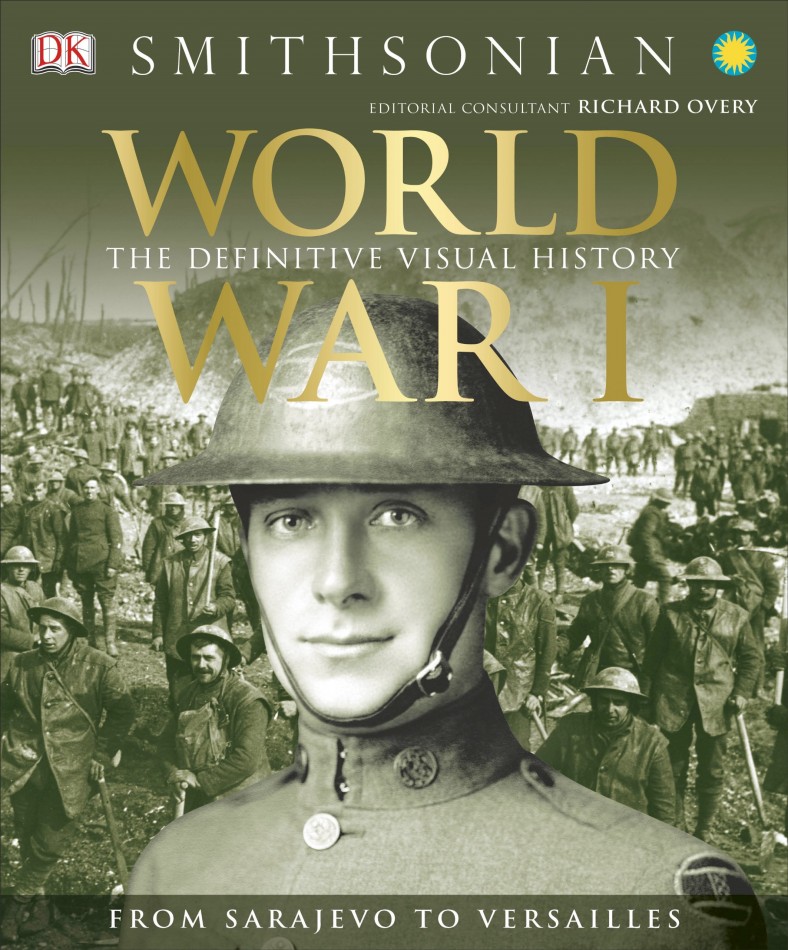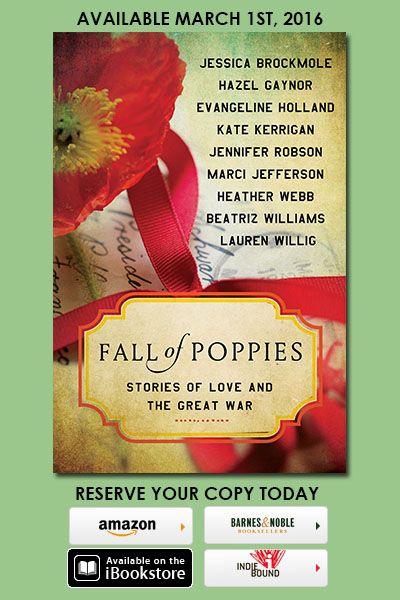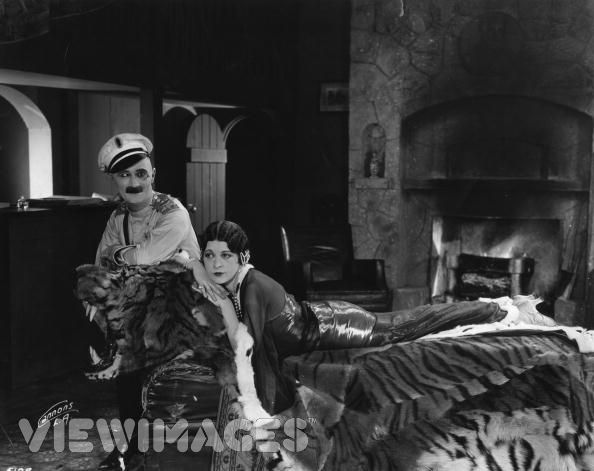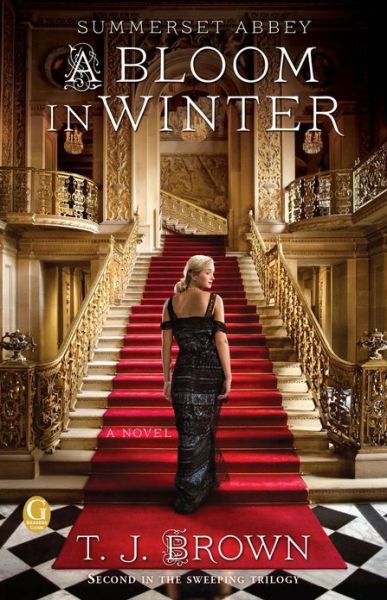Alice Caldwell Hegan Rice’s Mrs. Wiggs of the Cabbage Patch, the second best-selling book of 1902, is basically a grown-up Pollyanna, a decade before Pollyanna. It’s not really as good as Pollyanna though, or perhaps it’s just that books in which you’re meant to laugh at poor people don’t hold up quite as well as books in which you’re meant to laugh at children.
The Wiggs family is very, very poor, and there are quite a few of them. First, of course, comes the irrepressibly cheerful and kind Mrs. Nancy Wiggs, who does her best to help out her equally poor neighbors even when she doesn’t have enough food and coal for her own kids. She’s assisted in supporting the family by fifteen-year-old Jim, upon whom Rice concentrates enough pathos for two whole other books. Billy is an ordinary mischievous kid, and the three girls are chiefly notable for their names: Asia, Australia, and Europena (because poor people being ignorant is always hilarious). My favorite thing about the “geography names” is that Rice clearly can’t decide which of the many possible nicknames for ‘Australia’ she likes best, which results in other members of the family alternating between “Austry,” “Straly,” and “Traly.”
Another time-honored use of poor people in fiction — besides using them as comic relief, I mean — is to make them as pathetic as possible, so that those of us who aren’t starving and miserable can feel pleased with ourselves about not being starving and miserable. You may think Rice already has that covered with Jim, who, in addition to being starving and miserable, is shrunken and crippled with responsibility. But no, there is a way to make him more pathetic, and that is by killing him off.
I did enjoy Mrs. Wiggs, mostly, but I also found it a little bit infuriating. I really don’t want to judge a book from 1901 by later standards, but the fact remains that there are certain time-honored ways of using poor people in fiction, and this book does all of them. Clearly, though, Rice doesn’t find the Wiggs family sufficiently interesting to carry the book by themselves, so she soon introduces a couple of wealthy young friends for them. Miss Lucy Olcott is pretty and charitable and a little intolerant, and Robert Redding is handsome and charitable and compassionate, and almost as soon as we’re introduced to them they get into a fight over Redding’s friend Dick, who is an alcoholic, and possibly consumptive. Lucy is embarrassed for Redding to be seen with Dick, while Redding just wants to stand by his friend. So, naturally, they break up.
Enter Mrs. Wiggs, because another thing children and poor people have in common in books is that they’re excellent at bringing estranged lovers back together. Lucy and “Mr. Bob,” as the Wiggses call him, both become benefactors to the family, and Lucy learns to be compassionate enough that she and Redding can get back together. In the beginning, the Wiggses make a lot of noises about not accepting charity, but I guess it’s okay when your benefactor hangs out with you as well as giving you stuff. Within the book, at least, it all makes sense. And honestly, I liked it. Mrs. Wiggs is, most of the time, kind of awesome, and I loved that Lucy broke her engagement with Redding because she was young and sheltered and saw everything in black and white. I just couldn’t shake the feeling that I was being manipulated. But then, manipulative books are always popular.
Mrs. Wiggs of the Cabbage Patch at Project Gutenberg
Visit Melody’s blog, Redeeming Qualities for more vintage reviews and commentary!




